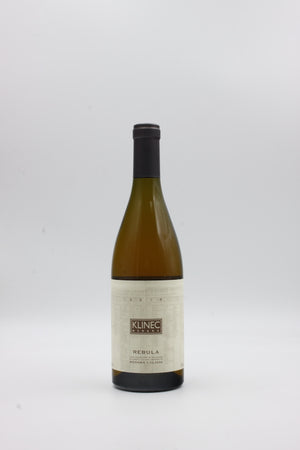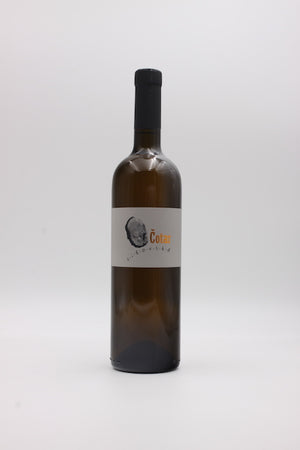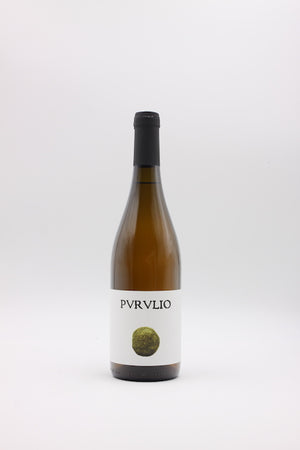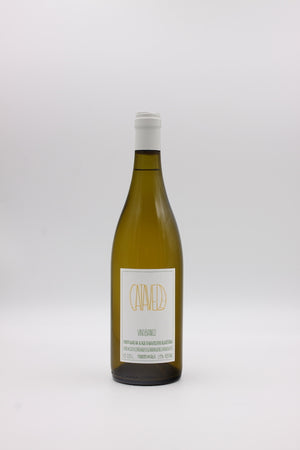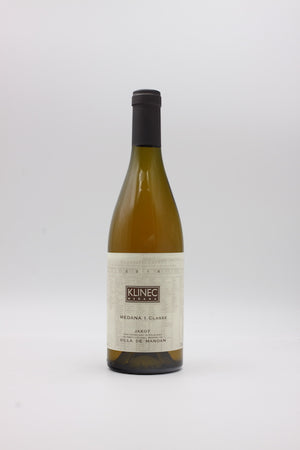- Home
- Čotar: Malvazija 2020


Čotar: Malvazija 2020
- €32,90
Malvasia Istriana: A Star of the Karst
The word Karst derives from the Latin carsus, a term the Romans used for rocky and barren landscapes, such as the Friulian Karst. Composed primarily of limestone, this terrain retains water so poorly that it proves inhospitable for 99% of flora and fauna. Yet, it is home to creatures like sand vipers, longhorn beetles, and Mosor rock lizards, as well as plants such as the snake-skin pine, thyme-leaved savory, and Malvasia Istriana.
While Malvasia Istriana also thrives in the Friulian Isonzo plain and Collio, its most spectacular expressions come from the Karst's sparse, rocky soils. Malvasia is particularly intolerant of waterlogging, making clay-heavy, rain-soaked regions unsuitable. However, in the Karst's dry, red-earth terrain, this grape achieves unparalleled finesse and minerality.
Over thirty years ago, Branko Čotar planted his Malvasia vines in the thin layer of red earth surrounding his winery in Gorjansko. The harsh conditions naturally reduce yields, resulting in fewer but highly concentrated and balanced grapes.
At Čotar, all wines undergo maceration, and their Malvasia spends a week on the skins before being pressed. Once fermentation is complete, the wine ages for 24 months in oak barrels.
Style
Notes of dried fruit and autumnal earthiness are enveloped in a warm, concentrated texture that suggests power but is surprisingly modest in alcohol. The wine moves dynamically and with tension toward the palate, making it a fantastic companion to pršut.
Technical Data
Grape variety: Malvasia Istriana
Vineyard: Terra rossa over limestone
Harvest: By hand, in small crates
Fermentation: Spontaneous | wild yeasts, 7 days on skins
Aging: 24 months in used oak barrels
Filtration: No
SO₂: Unsulfured
Alcohol: 12%
Closure: Natural cork
Drinking temperature: 12°C
Optimal drinking window: From now until 2033
Bottle size: 0.75 l
Content and price per liter: 0.75 l / (€41.12/l)
All winemakers listed by Vinonudo work in their vineyards using compost, organic fertilizers, and natural preparations, avoiding herbicides, pesticides, and synthetic fertilizers.
Newsletter
Who knows more, tastes more. Once a week there is news about our wines, winegrowers and events.
© 2025 vinonudo | Shopify Theme by Mile High Themes | Powered by Shopify
